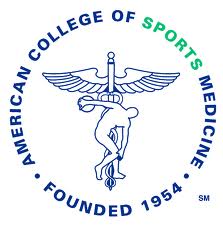Healthy Substitutions for Salt (Part 2)
This week, we continue to look at alternative ways to keep meals flavorful while cutting back on the salt. In part 1, we covered 3 different ways to add healthy flavor alternatives to your meals. Today, let’s look at three more options available to you.
Cayenne
If you like a little heat with your meals, then cayenne pepper is a great option. It can be purchased in small bottles as cayenne powder or cayenne flakes. Cayenne pepper can be strong; make sure to start with a small amount at first in order to see how much you prefer. Add a pinch to soups and dips to enhance flavor or as a marinade to meat dishes. Studies have shown that cayenne pepper may act as a useful vasodilator, which helps expand your blood vessels. The result is a decrease in blood pressure helping to preserve heart health.
Turmeric
Turmeric is a spice that comes in powder form and is known for its distinct orange yellow color. It is popular in Asian, Middle Eastern, and northern African dishes. Turmeric is used to flavor rice, curry dishes, and can be combined with ginger when added to meat dishes. It has recently been touted as one of the best spices to add into healthy eating habits. Studies have shown that turmeric may be one of the best anti-inflammatory aids and may improve the health of the inner lining of blood vessels.
Vinegars
There are a wide array of vinegars with a variety of flavors that can be used to flavor your foods. Most vinegars have 3 to 4 milligrams of sodium per tablespoon, which is quite low. The most popular versions of vinegar for flavoring are balsamic vinegar, red wine vinegar, and a mix of vinegar and olive oil. Vinegar can be added to sauces, used as a topping, or used as a side garnish. Some studies have shown that vinegars may assist to improve insulin resistance and are high in certain antioxidants.
Now, when you think about “eating healthy”, it doesn’t have to be boring or flavorless. There are many more options to flavor your foods out there, not just salt. Obviously, there will be certain flavorings you will like and some you will not enjoy. Give them a try and see which flavorings you can add to your eating habits.

CHES, ACE Health Coach, AFPA Nutrition & Wellness Consultant





